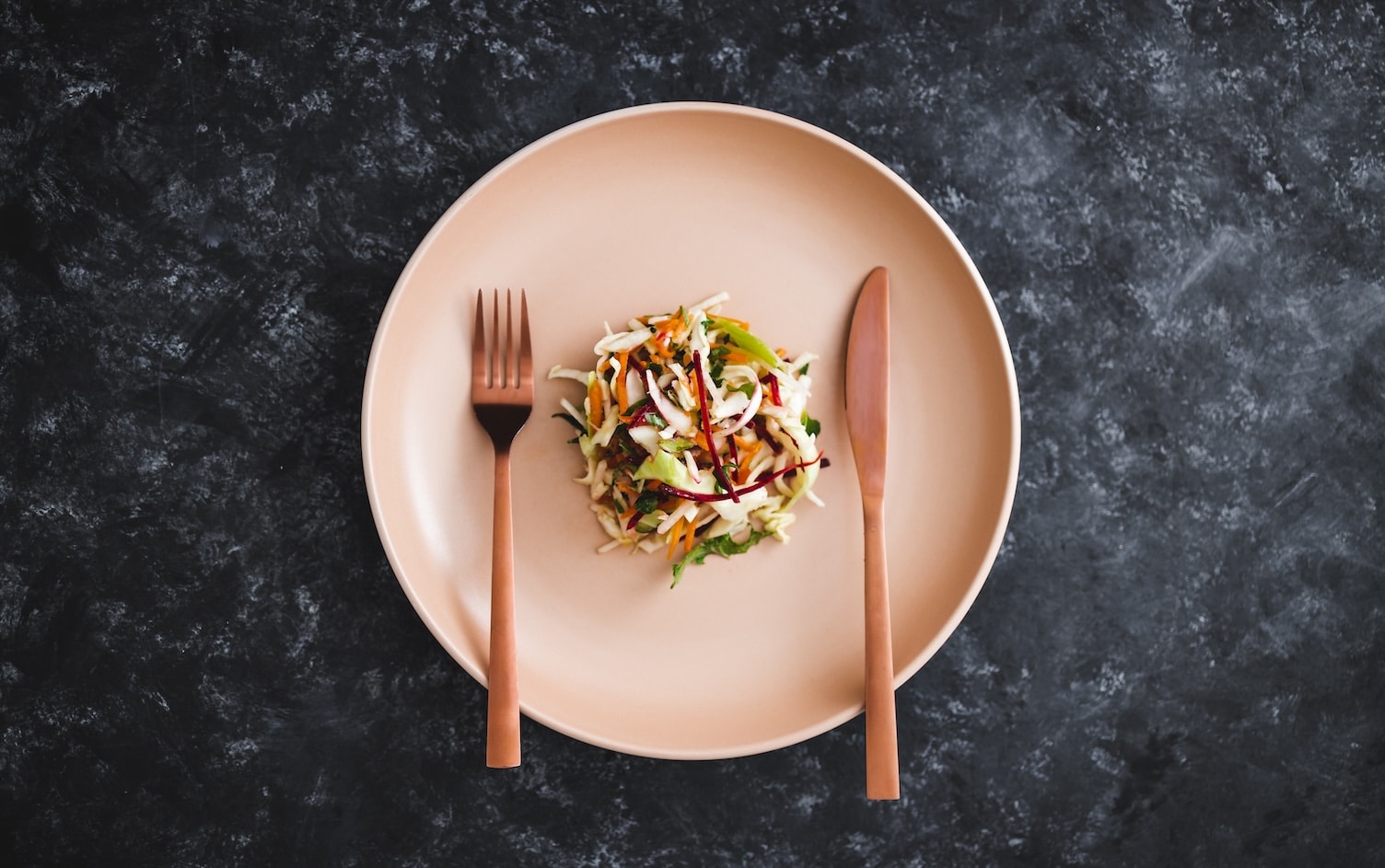After enjoying a decades-long run of mostly unfettered dominance, in recent years, sugar has become a villain — the scourge of healthy diets and waistlines everywhere. Experts preach the benefits of reduced sugar consumption, trendy diets like Paleo and Whole30 shun it and the FDA has issued updates to nutrition labels to more clearly explain how much sugar — and what kind of sugar — you’re consuming.
Announced in 2016 (but not requiring compliance for another couple years), the updated labels feature a handful of changes. Most relevant here is the inclusion of “added sugar” as a subset of total sugar. It’s helpful to know how much sugar occurs in your food naturally versus how much is added by the manufacturer. But it begs the question: What exactly is added sugar, how does it vary from the natural stuff, and does it really matter which one’s sweetening your foods?
WHAT IS NATURAL SUGAR?
Natural sugars are simply those found in foods as part of their makeup. For example: fructose in fruit and lactose in milk. While it’s still wise to watch your overall sugar consumption — natural or otherwise — natural sugars come armed with extras. In this case, fruit has nutrients and fiber, and milk has protein and calcium.
WHAT IS ADDED SUGAR?
The FDA defines added sugar as sugar that is added during the processing of foods and includes sugars from syrups, honey and concentrated fruit or vegetable juices that exceed what you’d find in the same volume of 100% juice. So sugar can be added by more means than simply lacing a food or drink with teaspoons of the white stuff.
WHY IT MATTERS?
Your body is able to derive value from natural sugar, using it for fuel and absorbing vitamins and nutrients. Added sugars, meanwhile, are empty calories. They do not contain nutrients, which means they provide no benefit to your body. So it pays to read labels, watch for added-sugar buzzwords like high-fructose corn syrup and know exactly what kind of sugar you’re ingesting.
HOW MUCH SUGAR SHOULD WE BE EATING?
According to the FDA, on average, Americans get 13% of their total calories from added sugars, with the major sources being sugar-sweetened beverages, snacks and sweets. And that’s too much. The 2015-2020 U.S. Dietary Guidelines advise that Americans get fewer than 10 percent of their daily calories from added sugar. The reason is it’s simply too difficult to meet your nutrient needs, while staying within your individual calorie requirements, if added sugars make up more than 10 percent of your total daily calories.
Of course, natural sugars can add up, too. And while eating eight pieces of fruit isn’t inherently unhealthy, it just means you might not have enough calories left to consume the recommended servings of vegetables, grains and lean protein.
As Harvard’s Mary E. Gearing notes: “For all of the hubbub about added and natural sugar, the best piece of advice we have now is to simply eat less sugar.”




